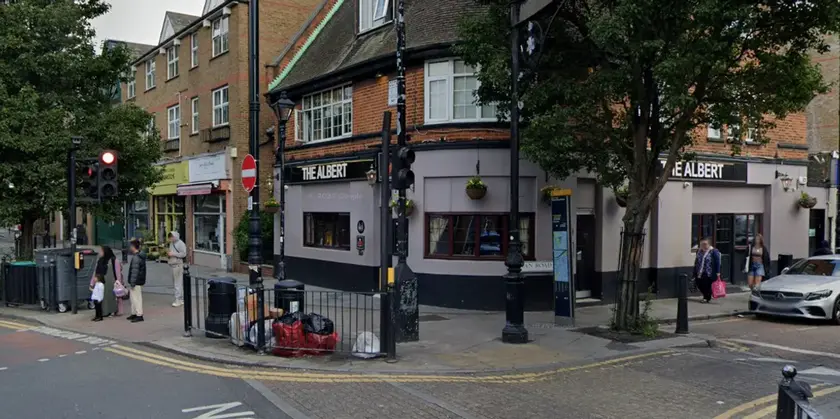T4K3.news
Two Vietnamese cruise passengers die in Milos gale
Gale-force winds battered Milos in Greece, killing two Vietnamese tourists and disrupting island travel.
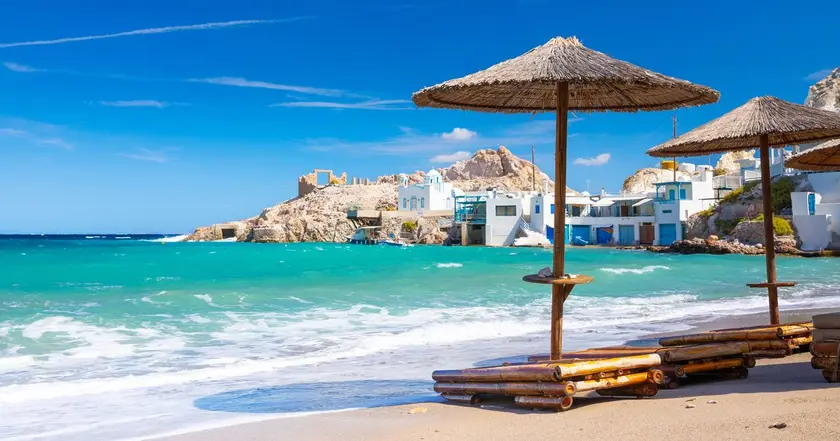
Two Vietnamese travelers on a cruise were killed when gale-force winds battered Milos, causing travel disruption and broader safety concerns.
Two cruise ship tourists die as gales hit Milos in Greece
Two Vietnamese tourists on a cruise were found dead after gale-force winds battered the Milos island on Friday. The victims, a man and a woman, were found unconscious in the sea near Sarakiniko beach and were taken to a local health centre after rescue by a private boat. Officials said they were part of a cruise ship group and that travel services have been disrupted as ferries to the Aegean islands were cancelled or postponed.
Meteorological and civil protection authorities warned of winds reaching up to 54 miles per hour, particularly in the southern Aegean and the Sea of Crete. The weather conditions added to travel chaos as ferries from Athens ports such as Piraeus, Lavrio, and Rafina faced cancellations. Authorities urged travelers to verify routes with their shipping companies. Weather forecasters said the gale would ease by Friday night, but the episode underscored the vulnerability of island tourism to sudden storms. In related safety alerts, a forest fire on Kefalonia prompted evacuations, highlighting ongoing fire risks alongside high winds.
Key Takeaways
"The man and woman were found unconscious in the sea and were taken to the local health centre."
Coastguard statement about the incident
"The real difficulties are ahead of us."
Fire service spokesman Vassilis Vathrakoyannis on ongoing fires
"The strong winds battering the island could reach 54 miles an hour."
Greece's civil protection ministry weather warning
"They were Vietnamese tourists on a cruise ship group."
Coastguard spokesperson on the travelers
The tragedy on Milos and the concurrent fire alerts expose a tension at the heart of Greece’s tourism model: how to balance open skies and crowded itineraries with rising weather volatility. Cruise groups and island hops rely on predictable schedules, yet climate extremes are becoming routine. This raises questions about safety protocols on shore excursions, the speed and clarity of weather communication, and how operators adapt to rapid wind shifts. For local authorities, the incidents reinforce the need for robust coordination between coastguards, meteorologists, and travel operators to protect visitors while keeping popular destinations accessible. As Greece markets its islands to a global audience, addressing these risks will be crucial to sustaining trust and long term growth in a climate of more extreme events.
Highlights
- Weather chaos never sleeps
- When the sea decides your itinerary safety must lead
- Cruise tourism needs stronger warning systems in storms
- Wind and fire risks are the new normal for island travel
Safety and disaster risk in tourism
The article touches on fatalities, weather hazards, and large-scale travel disruptions tied to natural disasters and climate volatility. This raises concerns about safety protocols, emergency response capacity, and the resilience of tourism infrastructure.
The islands will test their resilience as weather patterns grow harsher.
Enjoyed this? Let your friends know!
Related News
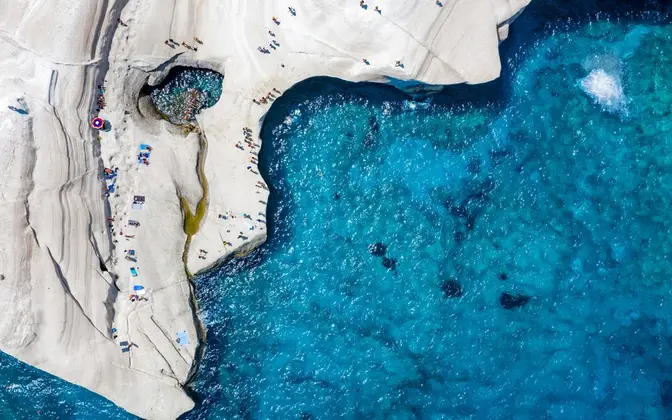
Tragedy at Milos Beach Highlights Safety Gaps
Documentary Investigates Iconic Vietnam Photo Controversy
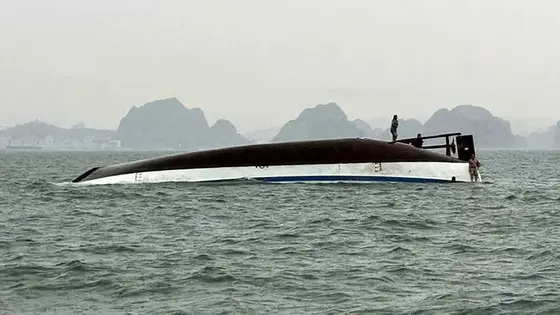
Boat tragedy in Halong Bay leaves dozens dead
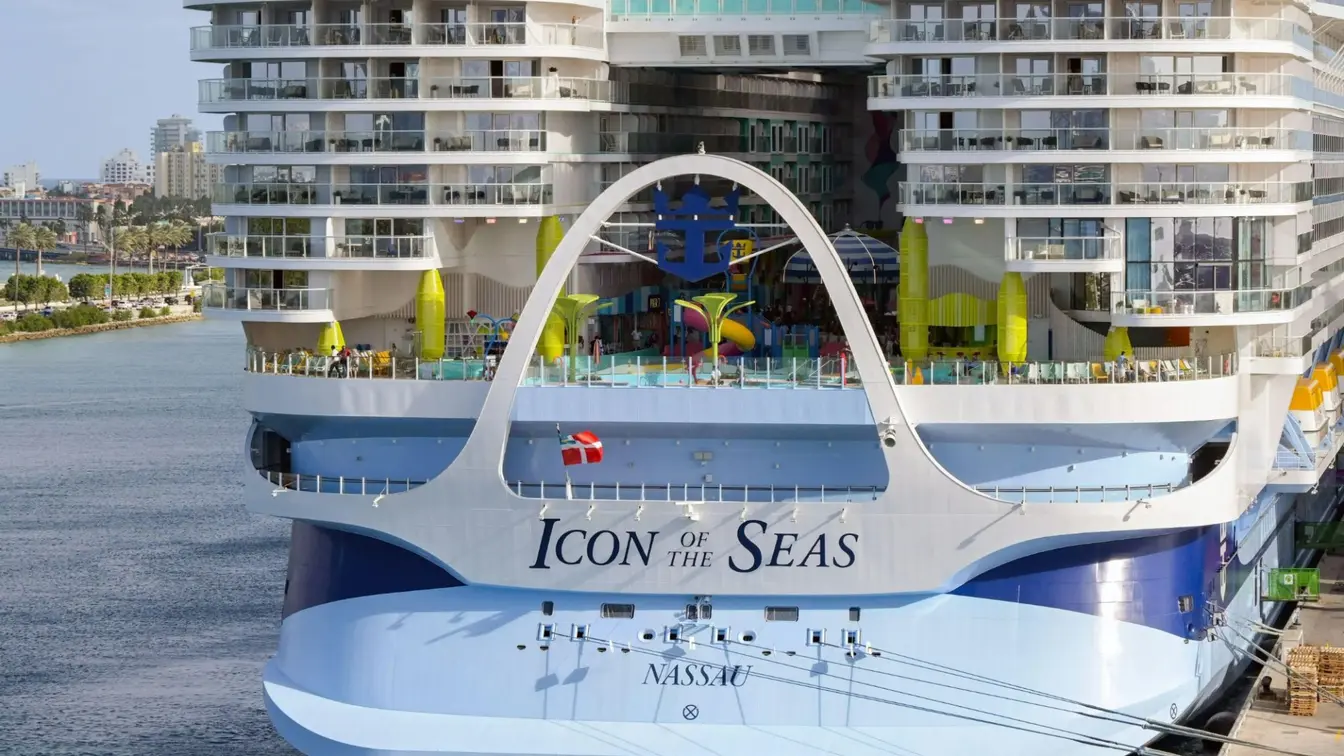
Crew member dies after falling overboard on Royal Caribbean cruise ship
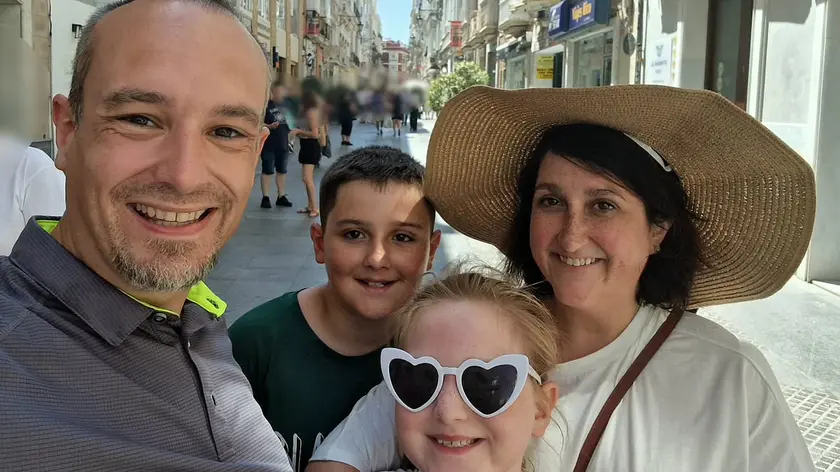
Family describes disastrous cruise experience
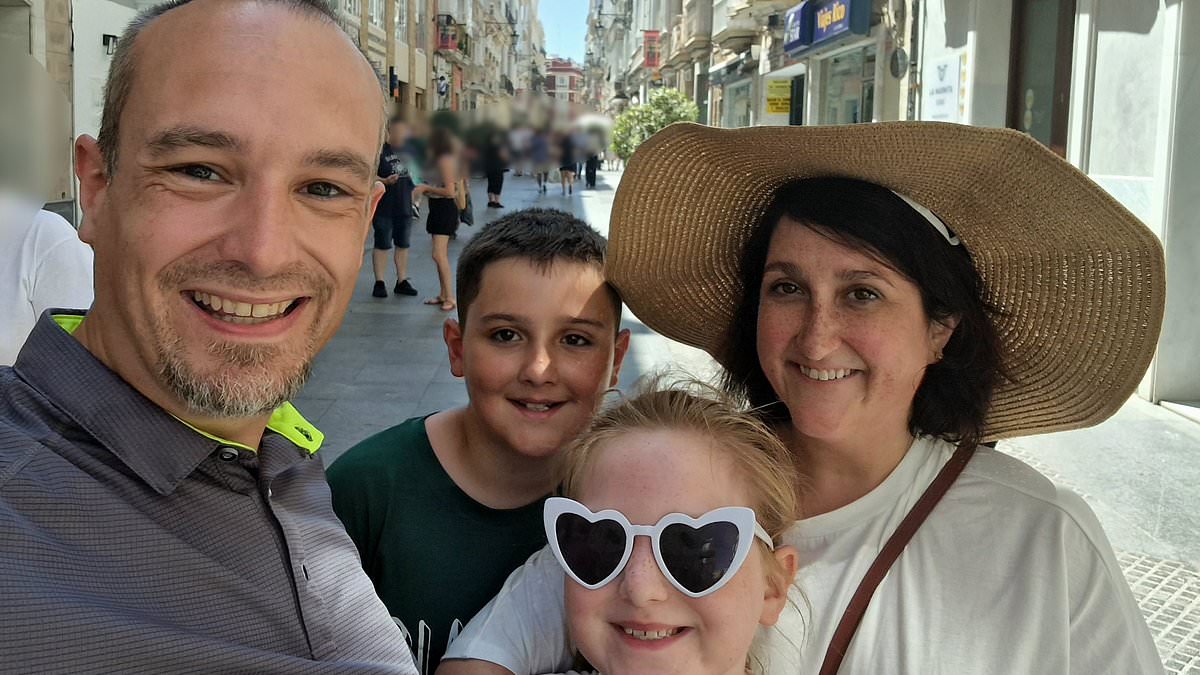
Family shares horror story from disastrous cruise
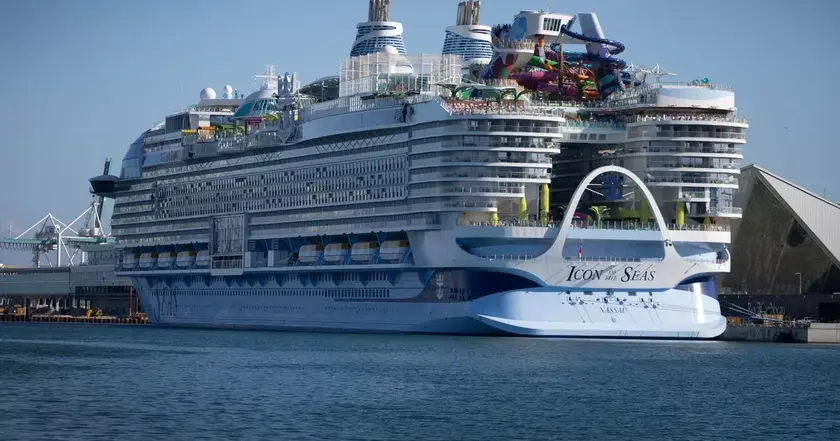
Crew member dies after stabbing incident aboard cruise ship
